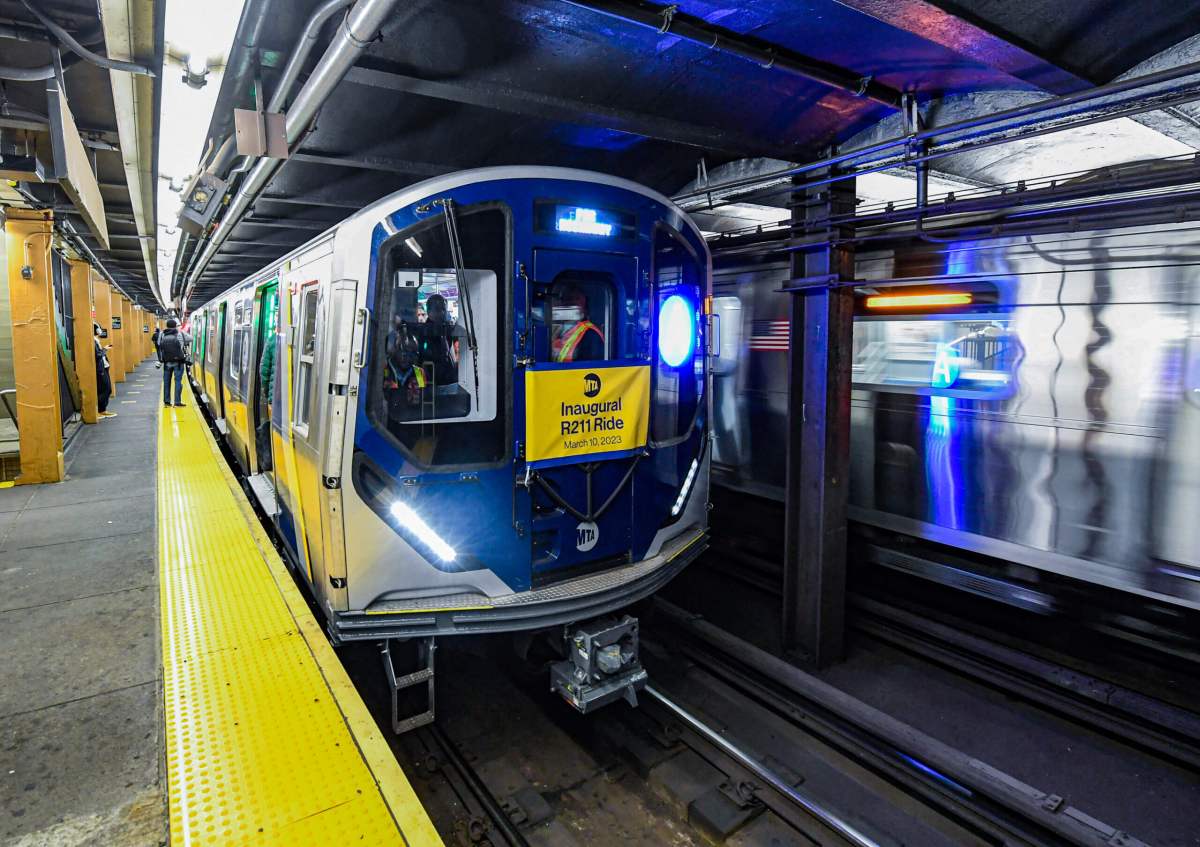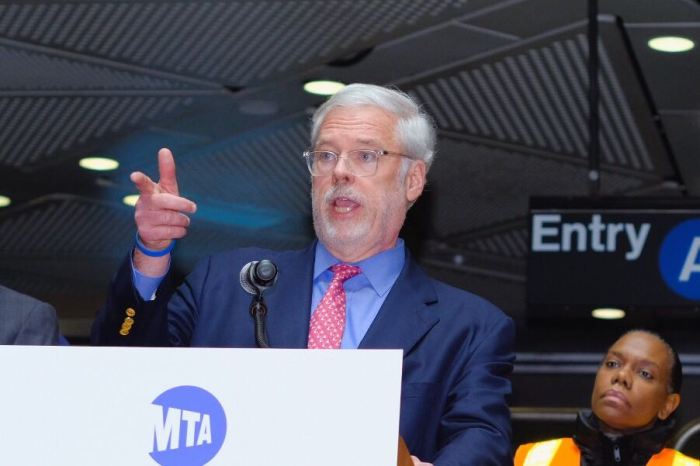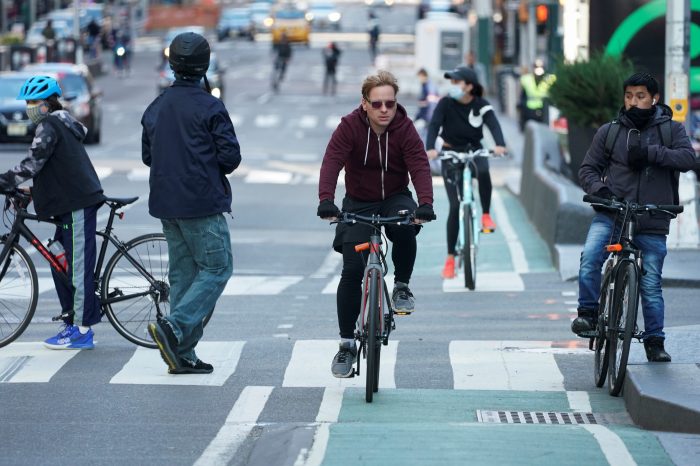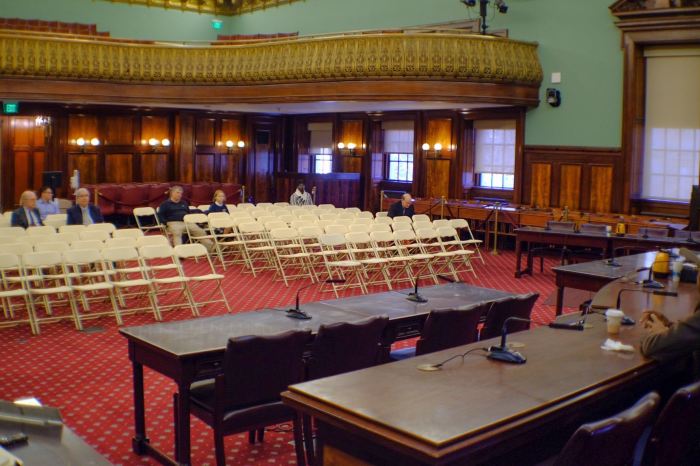With the fate of Donald Trump’s future in New York still in the balance, let’s talk about something that more directly impacts the future of all New Yorkers: The fate of public transit.
Three years after the COVID-19 pandemic sent New Yorkers home, the MTA is finally seeing ridership numbers near the pre-pandemic levels. But there’s still a long way to go; the long pandemic and slow return of ridership blew a giant hole in the authority’s budget that will require a new $600 million infusion of funding to close this year.
State lawmakers and Governor Kathy Hochul are debating ways to get the job done for the MTA. And while we have faith that they’ll find a way to come up with the money the MTA needs right now, they should go a step further and find a little more money in the massive, twelve-figure budget to give public transit a real shot in the arm.
The Riders Alliance has been banging the drum constantly in recent months for something called “six-minute service,” a plan that would increase subway frequency in an effort to get New Yorkers out of their cars and ride-sharing vehicles and back on board subways and buses.
The concept is simple, and draws many parallels to the famous tag line from the classic baseball movie “Field of Dreams”: “If you build it, he will come.”
The movie depicted long-lost baseball legends returning to a diamond built out of an Iowa cornfield. The six-minute service plan is nothing fantastical at all — rather, it’s a well-intentioned, smart and doable effort to give subway and bus ridership an even bigger boost in the months to come.
With another $300 million in state funding, the Riders Alliance believes the MTA can and should be able to boost off-peak subway service on lines in dozens of neighborhoods, shortening wait times from 12 to 8 minutes. They also seek six-minute service during off-peak hours on the critical 1 and 6 lines.
Moreover, the plan calls for additional service on dozens of new and redesigned bus routes, including enhanced weekend bus service.
The MTA wants to expand service and deliver more for the people of New York, as MTA Chair Janno Lieber and Danny Pearlstein of the Riders’ Alliance have each said. They just need the funds to do it.
And with that extra investment, New Yorkers will have fewer excuses to stay home or take their cars during the day. More riders mean more fares, and more fares mean greater economic health for the MTA.
We hope Albany lawmakers get it done, because if they fund it, they will come.




































